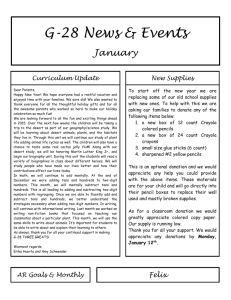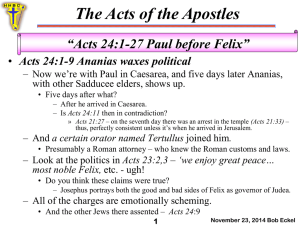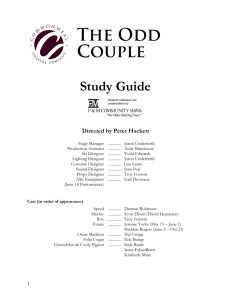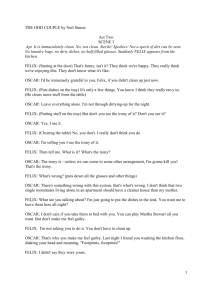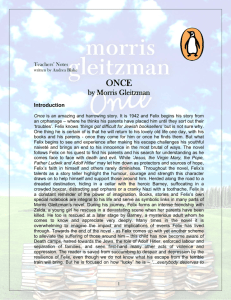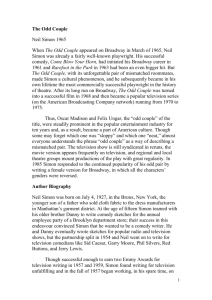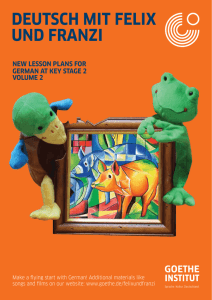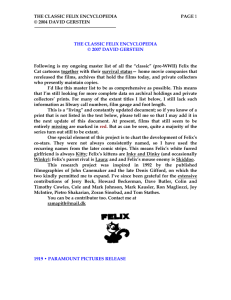Flipbook - WordPress.com
advertisement
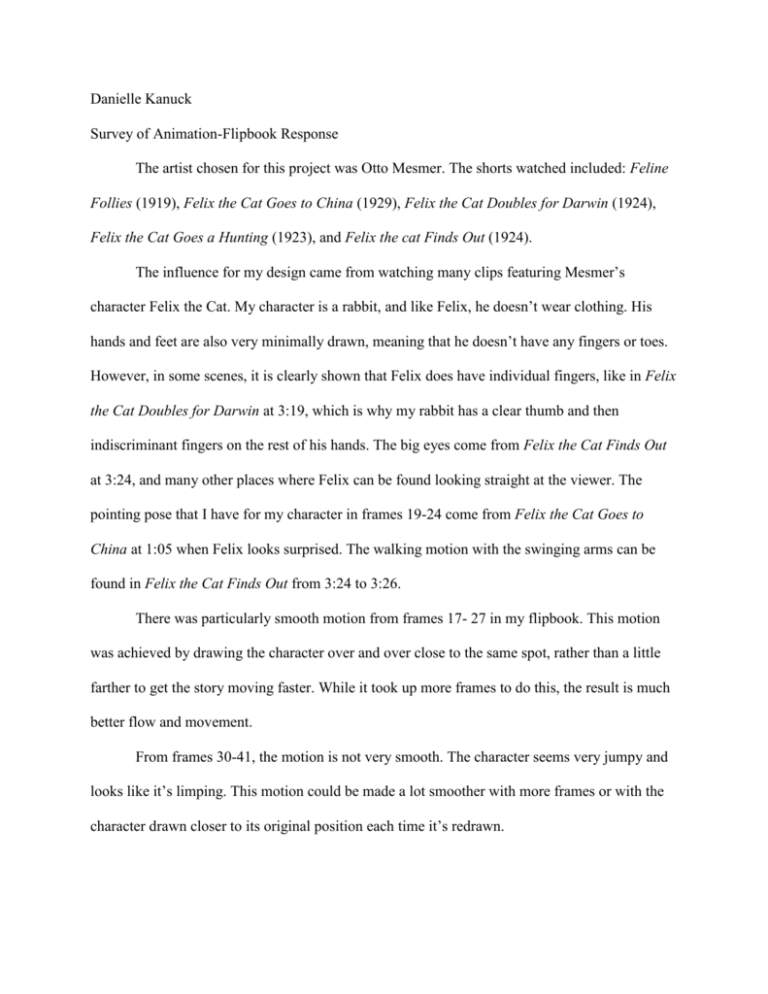
Danielle Kanuck Survey of Animation-Flipbook Response The artist chosen for this project was Otto Mesmer. The shorts watched included: Feline Follies (1919), Felix the Cat Goes to China (1929), Felix the Cat Doubles for Darwin (1924), Felix the Cat Goes a Hunting (1923), and Felix the cat Finds Out (1924). The influence for my design came from watching many clips featuring Mesmer’s character Felix the Cat. My character is a rabbit, and like Felix, he doesn’t wear clothing. His hands and feet are also very minimally drawn, meaning that he doesn’t have any fingers or toes. However, in some scenes, it is clearly shown that Felix does have individual fingers, like in Felix the Cat Doubles for Darwin at 3:19, which is why my rabbit has a clear thumb and then indiscriminant fingers on the rest of his hands. The big eyes come from Felix the Cat Finds Out at 3:24, and many other places where Felix can be found looking straight at the viewer. The pointing pose that I have for my character in frames 19-24 come from Felix the Cat Goes to China at 1:05 when Felix looks surprised. The walking motion with the swinging arms can be found in Felix the Cat Finds Out from 3:24 to 3:26. There was particularly smooth motion from frames 17- 27 in my flipbook. This motion was achieved by drawing the character over and over close to the same spot, rather than a little farther to get the story moving faster. While it took up more frames to do this, the result is much better flow and movement. From frames 30-41, the motion is not very smooth. The character seems very jumpy and looks like it’s limping. This motion could be made a lot smoother with more frames or with the character drawn closer to its original position each time it’s redrawn. The most difficult part to animate on this character was the body. One way to make it easier would be to shorten the character’s body and limbs. Another way that getting an easier animation from the character would be to simplify the shapes used. One of the actions that was unclear was the pointing when the character was shocked. It happened too fast and was over before I could even register that it happened. In order to clarify that the character is pointing at what is happening, I could just leave the character unchanging for a few frames, while what is surprising him is still moving. In order to make the character look shocked, I made the ears and arms stand out to the sides. I also made the pupils smaller and I opened the mouth up. As the shocked scene went on, the mouth got wider, and once the character adjusted to the object moving, slowly the shock went away and everything returned to a relaxed state. It was successful, however if the pupils change sizes during the shock, it may become more believable. The other part that was particularly problematic was that the sizes of things in the animation kept getting smaller. In order to fix this, the table and the vase will both be simplified, which will work with the style I’ve been going for, since Otto Mesmer’s backgrounds in the Felix the Cat videos were very simple. I made a few changes to my character design to make it easier to animate. I shortened the body and simplified the arms and legs. The motion improved in this version, especially in the arms being raised in frames 28-34.

